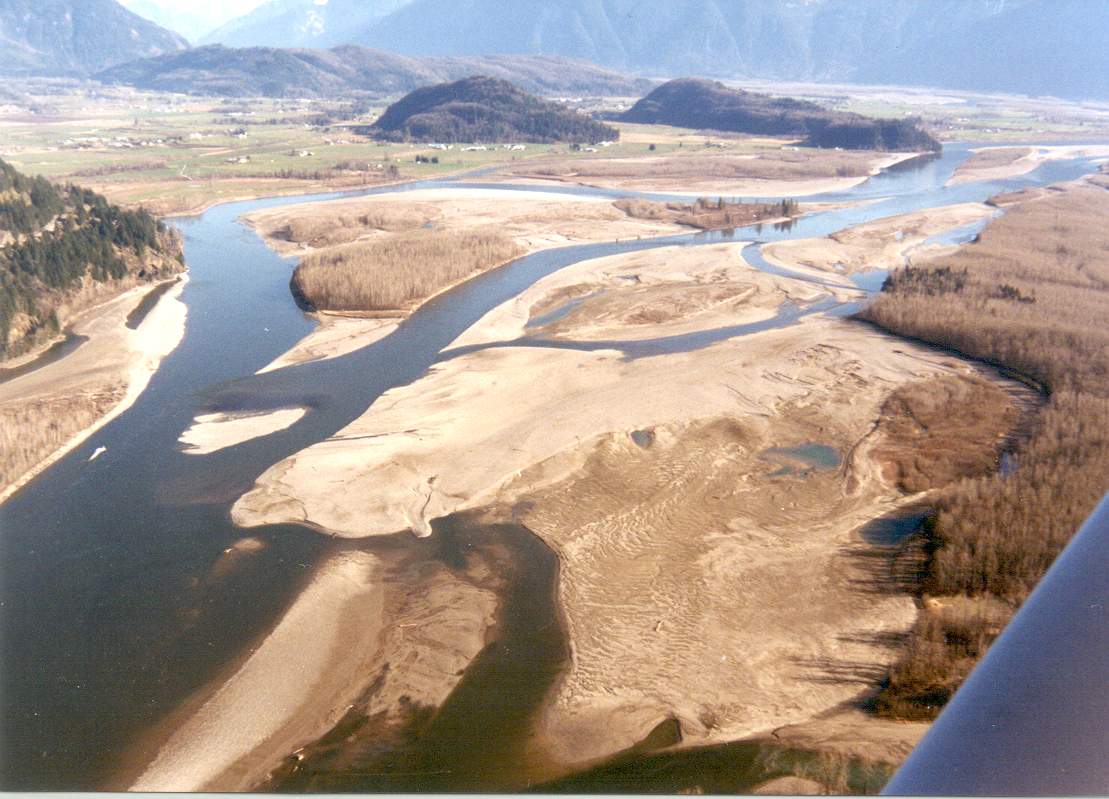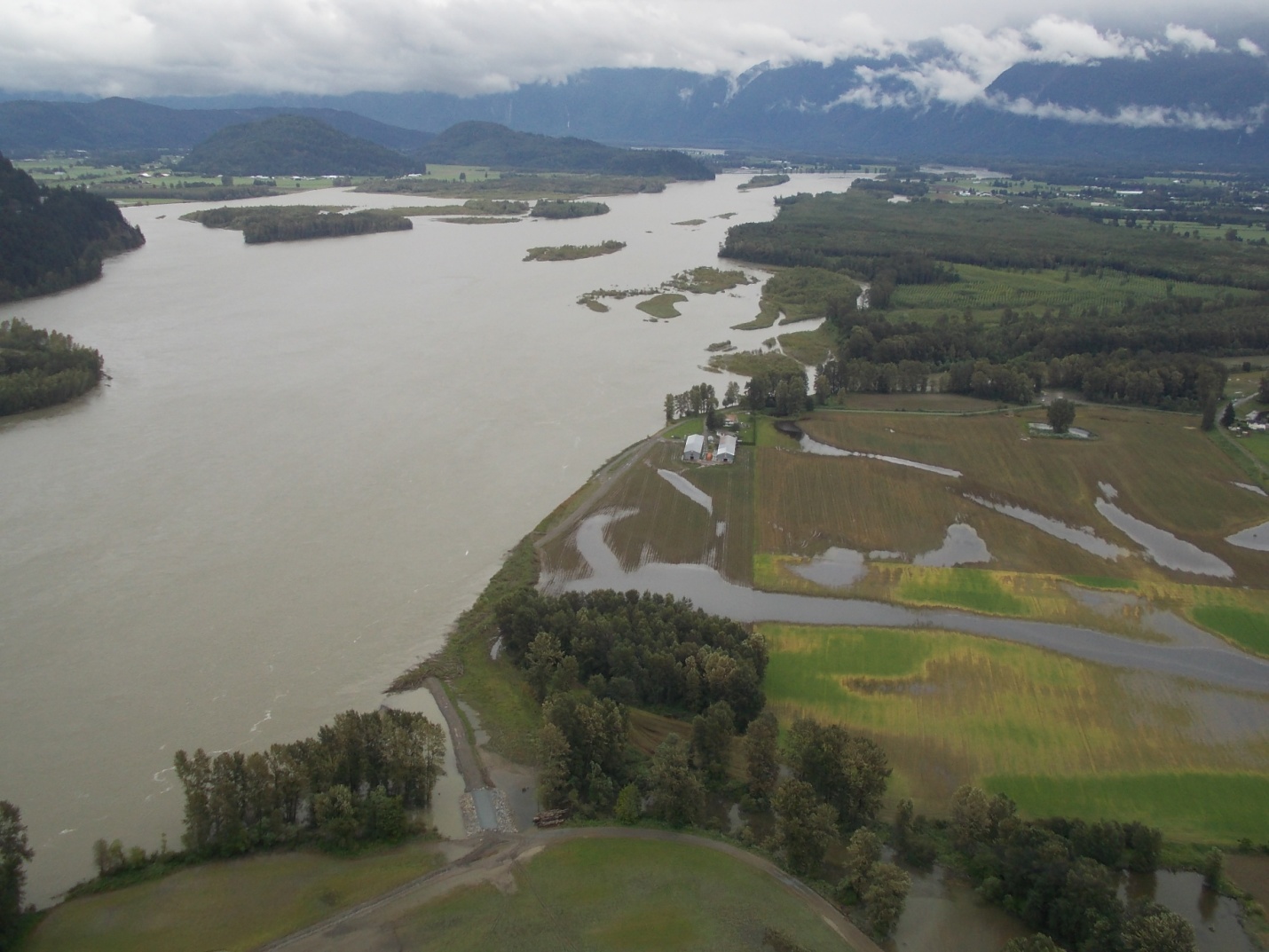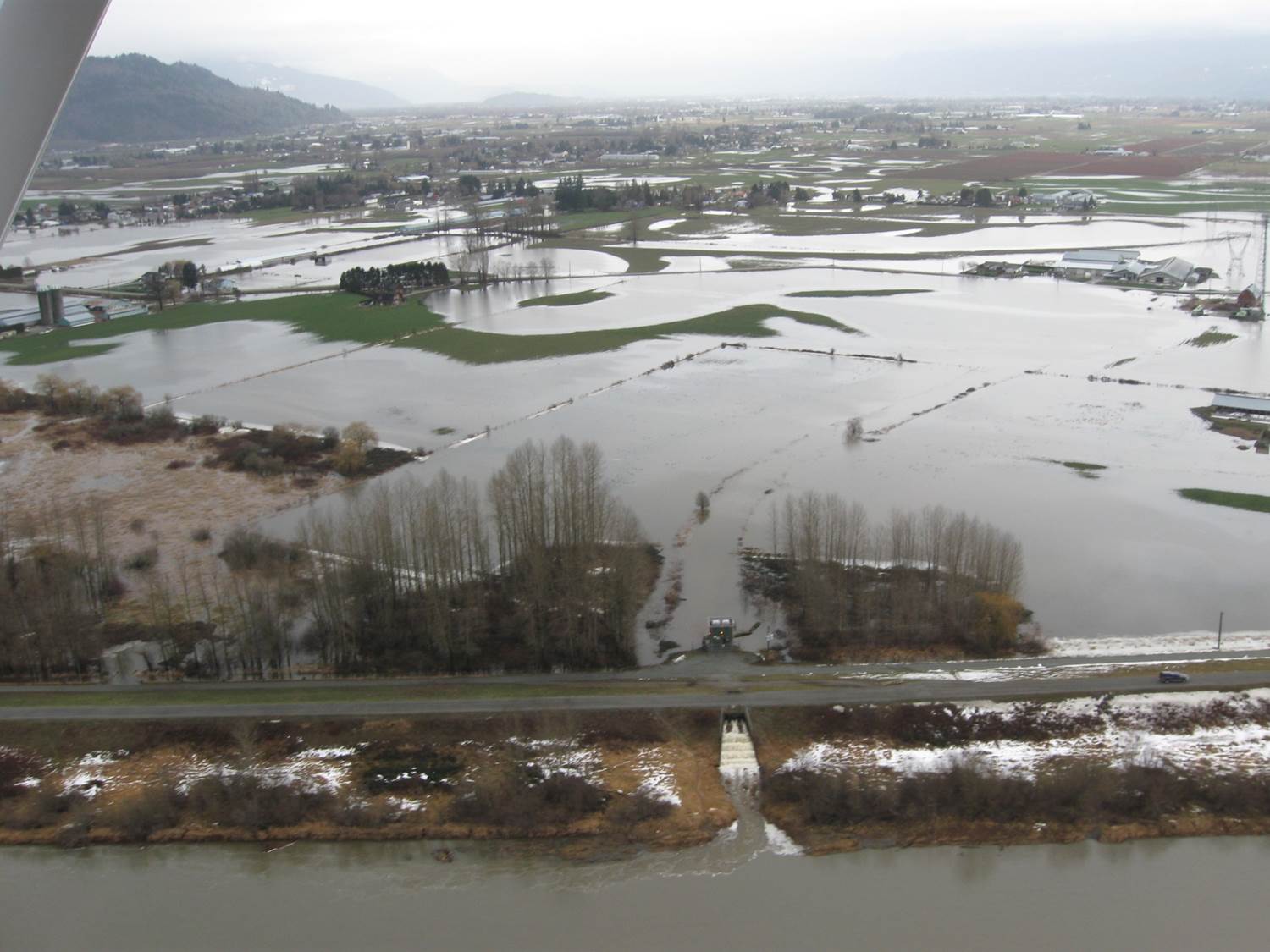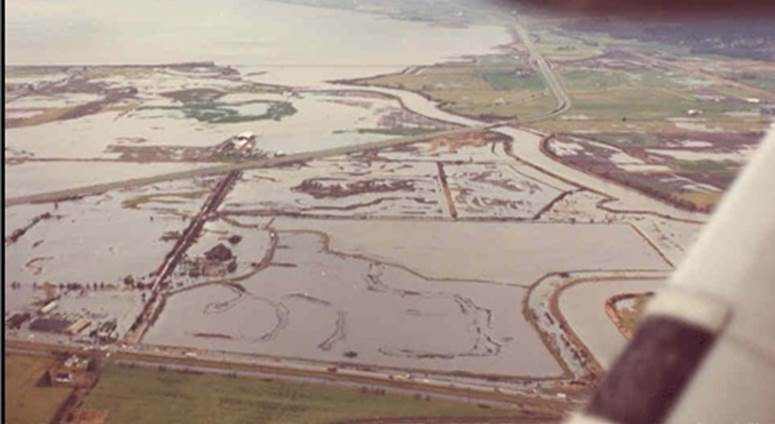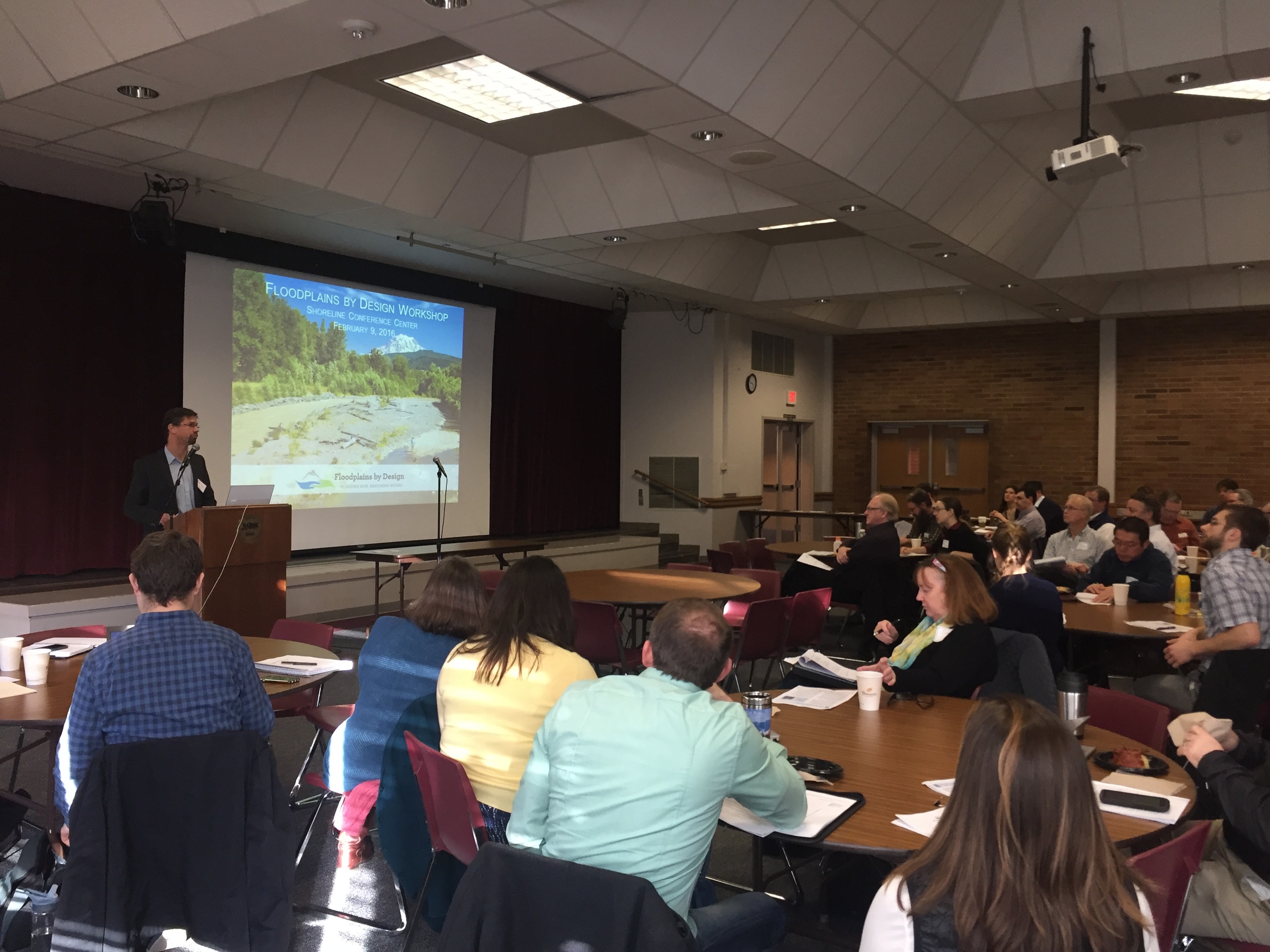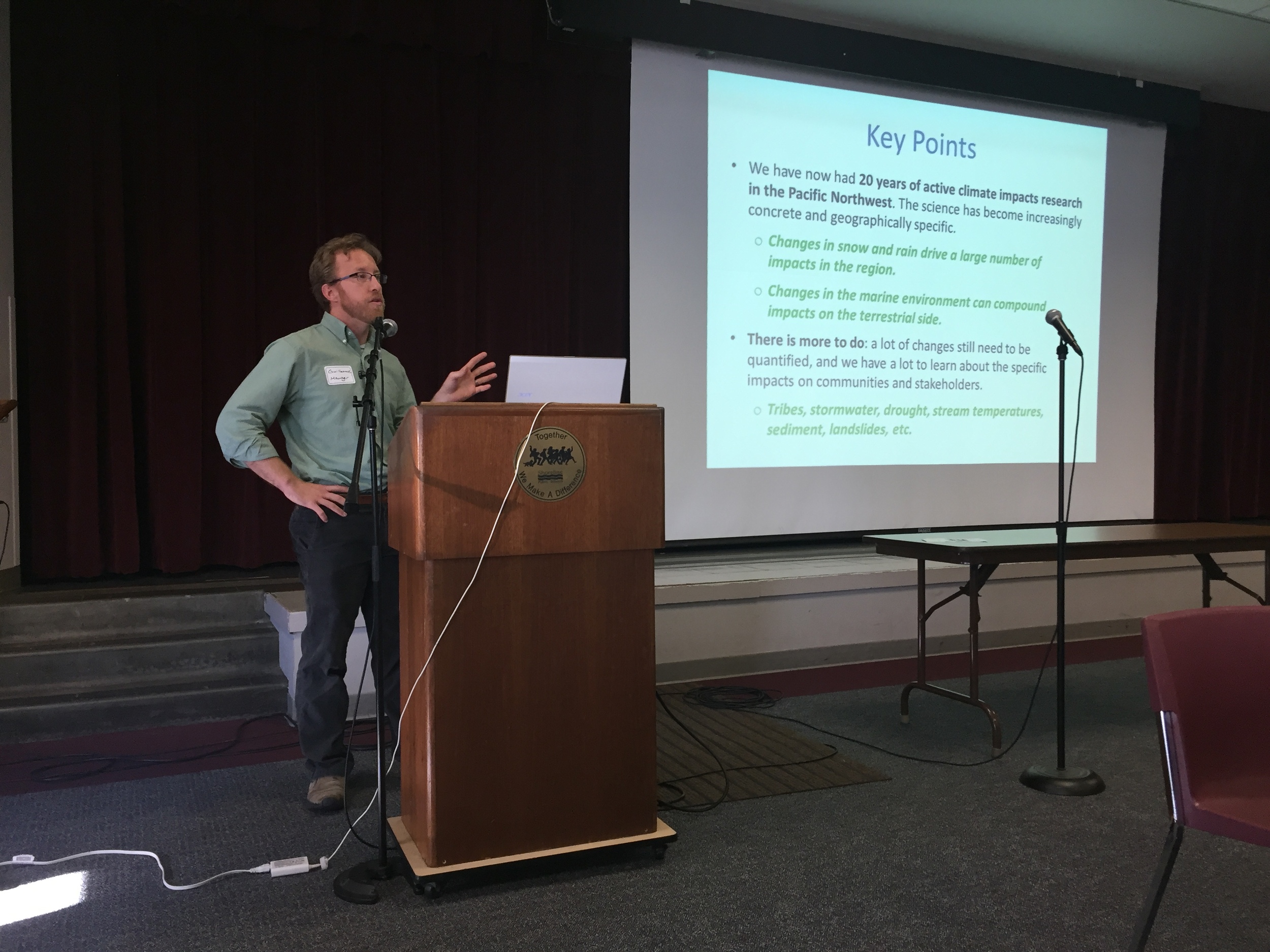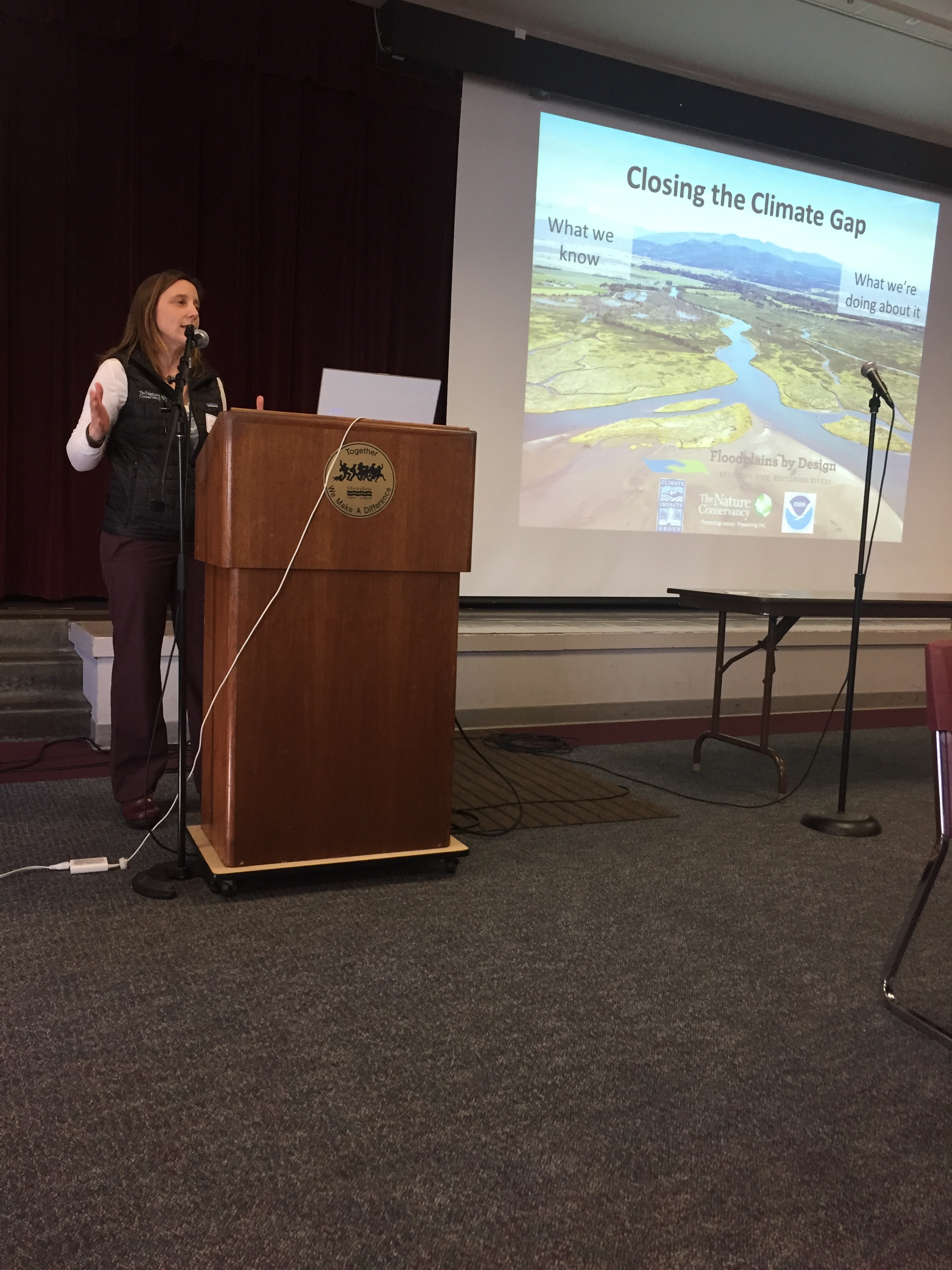Written by Bob Carey, Strategic Partnerships Director
Photographs by Flickr Creative Commons
Just a few short hours north of Seattle and set in the vast beauty of British Columbia, the Conservancy's Floodplains by Design program was the featured topic at a Canadian Water Resource Association workshop in Surrey. More than 30 WATER resource management leaders overwhelmingly responded positively when, at the close, their president asked if they were inspired by this work happening just south of the border. Their response was just as positive when asked if they’d like to see such a program in British Colombia and on the Fraser River.
The gathering of representatives from BC’s major cities, the BC government, the Fraser River Basin Council and environmental and academic groups represent those on the forefront of managing the Fraser River – the largest river in both BC and the Salish Sea, and the watershed with the highest flood risks in Canada. The strong affirmation that the “Floodplains by Design” approach makes sense and is applicable across the border made me proud to be part of a team leading the charge in making the region’s rivers more resilient for people and nature.
Restoring nature to address societies most pressing challenges is a prominent theme in the Conservancy's global conservation agenda. Our Floodplains by Design work in Washington is one of the best success stories of accomplishing this at a meaningful scale. Having secured $80M in new funding and helped catalyze 30 projects across the state, in which the restoration of nature and reduction of community risks are being pursued hand-in-hand, it’s clear that the approach can deliver tangible benefits to people and nature. That is why the invitations to share our story are numerous.
In addition to myriad audiences in Washington, over the last couple years our WATER team members have shared the Floodplains by Design story with a variety of national and international audiences, including: China Coastal Wetland Conservation Network (China), Salish Sea Ecosystem Conference (Vancouver, BC), American Planning Association (Phoenix), Association of State Floodplain Managers (Atlanta, Seattle), National Academy of Sciences (Washington DC), North American Water Learning Exchange (Pensacola, Phoenix) and the NW Floodplain Management Association (Post Falls, ID).
There are many great things about working for The Nature Conservancy, among them – the ability to innovate, the ability to scale up our work, and the ability to export beyond our borders.
It’s a recipe for making real change in the world.






